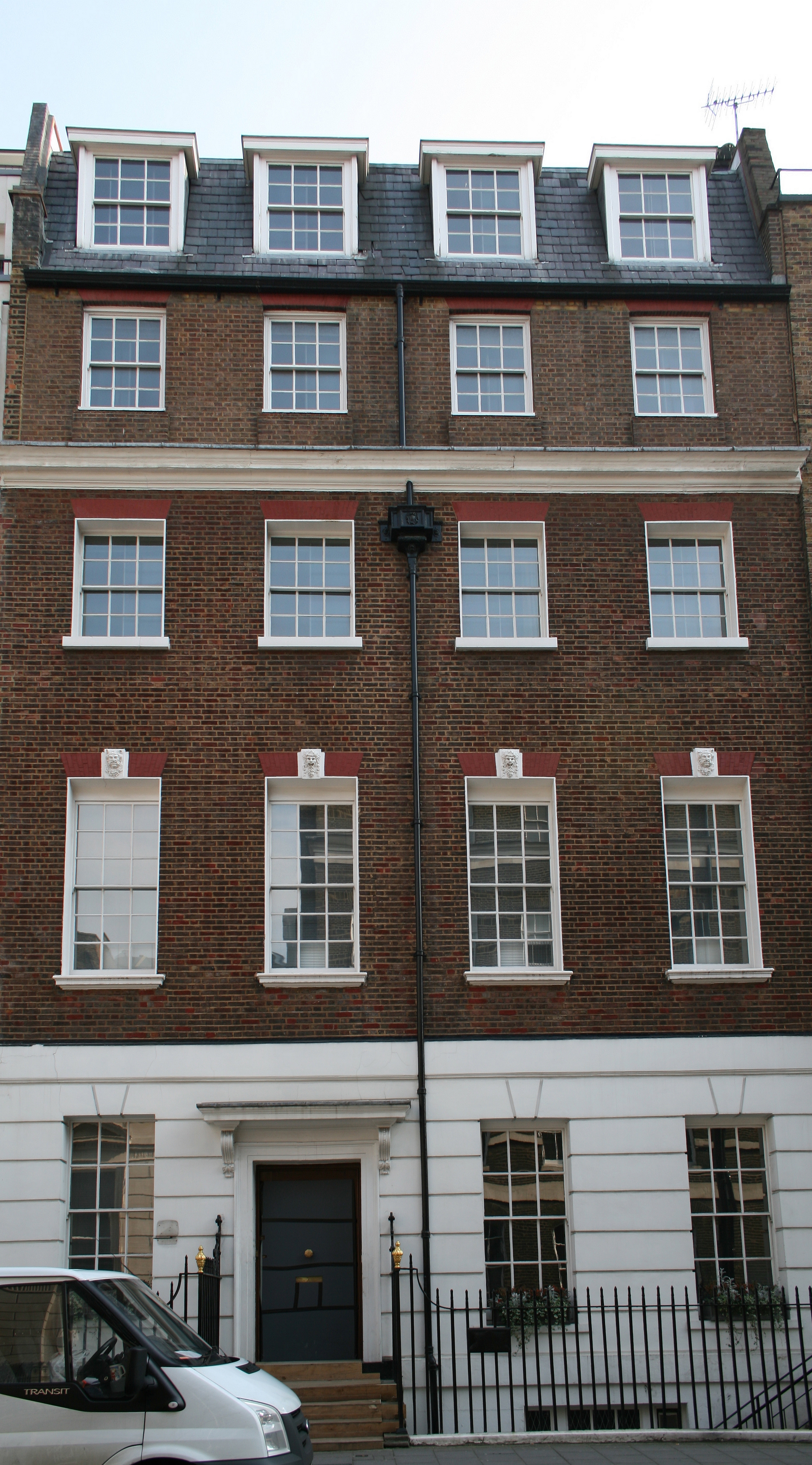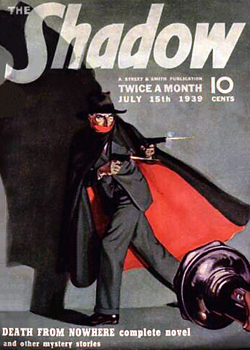1929 Bentley 4½ Litre Supercharged set to be the most expensive Bentley ever
One of the cars driven by a true hero of mine (and not just as a racing driver) is due to go to auction at Goodwood during the Festival Of Speed in June, according to these reports.
Sir Henry 'Tim' Birkin was one of the famous "Bentley Boys" who drove during the golden age of motor racing and which included such daredevil sophisticates as South African diamond magnate 'Woolf' Barnato, record-breaking aviator Glen Kidston and pearl-collector Bernard Rubin among many others. The life stories of all these men would fill many books, but it is Birkin on whom I shall focus the attention of this post.
Twice winner of the Le Mans 24 Hours endurance race, first in 1929 and again in 1931, Birkin's name has remained inexorably linked to Bentley Motors. His racing escapades are the stuff of legend and if you can track down his autobiography
Full Throttle I heartily recommend you read it.
 |
| A 1948 edition, the spread otherwise identical to my '34 edition |
(I was fortunate enough about 10 years ago to obtain a 1950s reprint through an inter-library loan from Maidstone, Kent, after first reading about Birkin in an article from Autocar. So enthralled was I that I wrote to the journalist asking if he would point me in the direction of a bookshop that might have a copy to buy - it being rare and out of print for many years. Imagine my surprise when the very next week he used his Autocar column to plead for a copy for me! A splendid old boy who lived literally around the corner from me responded saying that I could have his 1934 fourth edition for free and I spent a lovely hour chatting with him about the early years of motorsport and his hobby of marshalling at GPs in the '50s where he saw the likes of Fangio and Moss race. I will always fondly remember the wonderful concatenation of events that led to my coming in to possession of that book!). Full Throttle was also made into a 60-minute drama for the B.B.C. in 1995, with Rowan Atkinson as Birkin. To the best of my knowledge it has never been repeated and although available on DVD is, like the book, almost impossible to track down. I was extremely fortunate to record the original broadcast and then later transfer it to disc.
Birkin raced extensively for Bentley at such tracks as Le Mans, Ulster and Brooklands, which is where in 1932 he set a lap record of 137mph in
Monoposto - the very car that will be auctioned later this year. Fiercely patriotic (a fact that readily comes across in his autobiography) Birkin was always keen to push to the limit of his cars and beyond. W.O. Bentley himself noted that there was "nobody before or since who could tear up a piece of machinery so swiftly and completely as Tim." However Bentley would go on to say that "he [Tim] was a magnificent driver, absolutely without fear and with an iron determination who - while there was anything left of his car - continued to drive it flat out and with only one end in view."
 |
Birkin (left) with Woolf Barnato
source | |
|
|
Outside of racing Birkin was every inch the playboy, living in a Mayfair flat in an area that became known as "Bentley Corner" due to the high density of Bentley drivers living locally. W.O. Bentley recalled that "he [Tim] lived equally furiously off the track, his fondness for the dramatic and unexpected having surprising and often excruciatingly funny results. Life was never dull with Tim around, if only because of the abundance and wide variety of his girlfriends." (Birkin was married once between 1921 and 1927, and had two daughters). Birkin himself was very self-deprecating and wrote little about himself in his autobiography, stating that "I have very seldom spoken in public; it bores me as much as my audience, I cannot remember what I was going to say, and when I can, forget how to say it; nor is my confusion aided by a stammer. If this information disappoints my younger readers, if they had pictured me as tall and broad and clear-cut, barking out instructions in a voice like a knife, I am heartily sorry; I am quite small, and I do stammer." As befitted a man of his social stature, though, he dressed well as can be seen in the few contemporary photographs that exist of him out of overalls.
His characteristic polka dot tie has become known as the "Birkin Spot" and Bentley, keen to cash in on its heritage, continues to offer accessories in this style. The silk cravat and bow tie, not to mention flying helmet and goggles, are still available from the
Bentley Collection but at prices only the likes of Tim could afford. Of course, if you can stretch to a Bentley and want the authentic Winged B emblem on your clothing then you're probably not going to baulk at the cost but if your steed is more lawnmower than Bentley Blower I can point you to some more affordable equivalents that would still allow you to satisfy the inner Bentley Boy (or Girl).
 |
| Spotted silk bow tie, £16 from Darcy Clothing (Navy/White currently unavailable) |
The
Bentley bow may boast a Petersham adjuster and foulard silk but for my money the examples at Darcy Clothing are the equal of it, and for almost half the price!
Likewise the official Bentley
cravat may have top-quality folded silk and the exclusive Birkin Spot, but this John Comfort Classic from Country Clothing is a decent alternative.
In one of his few notes about clothing, Birkin states "I cling to idiosyncrasies of dress, and should not like to drive without my blue and white scarf, or the crash helmet with my old St. Christopher in it, that I have had since 1927." So it's surprising to see that the Bentley Collection [currently] doesn't include a polka dot scarf. Luckily, Darcy Clothing does.
 |
| Leather flying/driving helmet £56, goggles £54 from Darcy Clothing |
Finally, no racing driver would be complete without helmet and goggles. While you are undoubtedly paying for the brand provenance with
those in the Bentley Collection, the ones available at Darcy Clothing look to be no poor relation even at less than half the price.
Will 1929 ‘Birkin’ Bentley Fetch $6 Million at Auction?
 |
| Tim Birkin in the single-seat Blower Bentley, Brooklands 1932 |
As it happens it was the 4½-litre Supercharged Bentley that created something of a rift between Bentley and Birkin. W.O. was entirely against supercharging his engines, being of the opinion that "to supercharge a Bentley engine was to pervert its design and corrupt its performance" and that it "was against all my engineering principles." Birkin remained convinced that it was the better way to obtain more power from an engine (as opposed to Bentley's preference which was to increase the displacement). Birkin struck out on his own and, with racehorse owner and philanthropist Dorothy Paget, co-financed the building of five "Blower" Bentleys before convincing Woolf Barnato (who was by that time Chairman and
de facto owner of Bentley Motors) to build a run of 50 in order for the model to be eligible for Le Mans. Going up against German driver Rudolf Carraciola in the supercharged 7-litre Mercedes SSK the 1930 event has gone down in the annals of racing history as an epic race, with Birkin in one of two Blowers harrying the Mercedes until it retired - at the cost of both his cars - allowing the remaining Speed Six Bentleys to win.
1929-'32 Bentley Poised To Become Most Expensive Bentley Sold at Auction
Despite W.O. Bentley's scathing opinion and the fact that it never won a race due to its mechanical fragility, the racing pedigree surrounding this model has led to it becoming the most sought-after and valuable Bentley in the history of the company, of which this particular example may soon become the most expensive ever sold.
Months Before Auction, a 1929 Bentley Strikes an Aristocratic Pose in Midtown
Like many of his contemporaries, 'Tim' Birkin lived fast and died young. By 1933 Bentley had been taken over by Rolls-Royce and no longer raced. Birkin, already practically bankrupt from funding the Blower, was forced to race for Alfa Romeo and later Maserati. It was while driving the latter at the Tripoli Grand Prix in 1933 that, in a moment of absentmindedness he reached for his cigarette lighter and burnt his arm on the open side exhaust of his car, thinking that he was still in his beloved Bentley. He played the injury down, to such an extent that it turned septic. This combined with a flare-up of malaria, which he had first contracted during the First World War when he served with the RFC (RAF) in the Middle East, left him seriously ill and he died in London on the 22nd June 1933 aged thirty-seven.
 |
| The Legacy of Sir Tim Birkin. Taken at Brooklands in 2007 by yours truly |
Thankfully the exploits and achievements of Tim and his colleagues are still remembered to this day, thanks in no small part to the continued existence of the cars they drove. It will be worth every penny of whatever this Bentley ends up going for if it helps to propagate the thrilling escapades of Sir Henry 'Tim' Birkin.






































